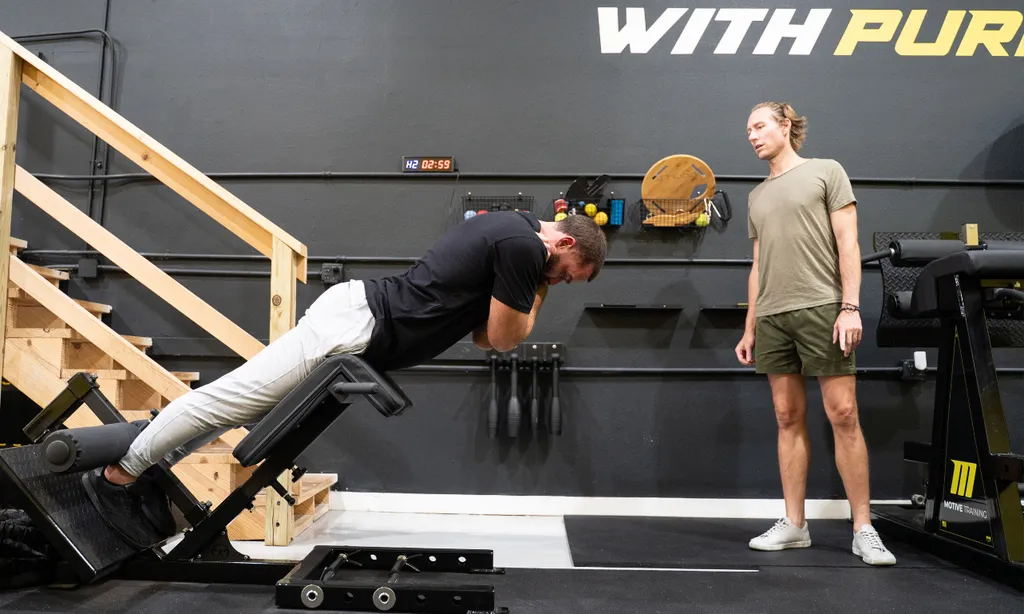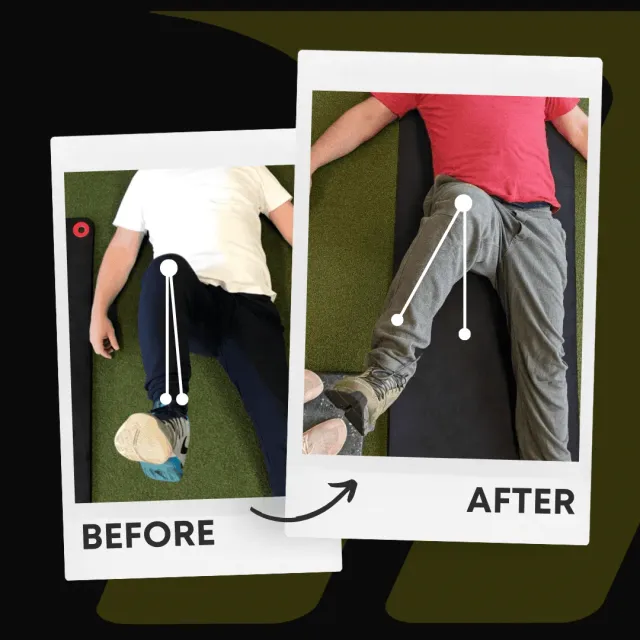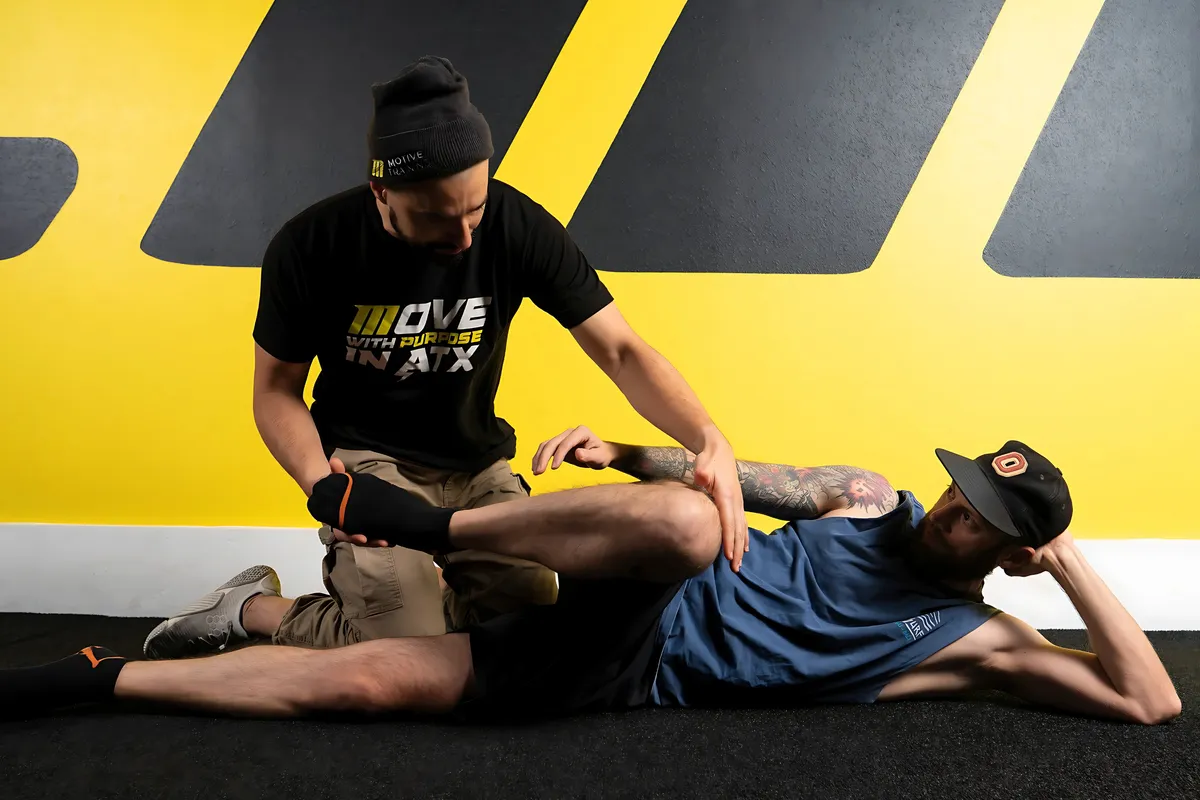Why You Should Add Functional Range Conditioning (FRC) to Your Routine in Austin
May 2, 2025 | Austin

Introduction to Functional Range Conditioning (FRC)
Functional Range Conditioning (FRC) is not just another fitness trend—it’s a groundbreaking method that revolutionizes your body’s movement, joint health, and overall physical performance. Developed by Dr. Andreo Spina, FRC is a scientifically proven system that enhances joint strength, flexibility, and mobility from the core. Unlike traditional exercises that focus on muscle stretching, FRC prioritizes joint training through controlled, deliberate movements, ensuring your joints are equipped for any physical challenge.
Austin residents, known for their active lifestyles, stand to gain immensely from incorporating FRC into their routines. If you’re tackling the trails around Lady Bird Lake, enjoying yoga in Zilker Park, or pushing through a tough workout at your favorite local gym, FRC provides foundational support to perform better, recover faster, and significantly reduce your risk of injury.
What sets FRC apart from typical mobility training is its personalized nature. Every exercise is designed based on comprehensive assessments measuring your active and passive joint ranges. This allows you to target specific limitations, gradually building a stronger and more resilient body. Incorporating FRC means moving better and living better, allowing you to fully enjoy Austin’s vibrant, active community.
Benefits of Adding FRC to Your Routine in Austin
Improved Mobility and Flexibility
Mobility is more than flexibility—it’s your ability to actively control your joints through their full ranges. FRC’s unique training methods, such as Controlled Articular Rotations (CARs) and isometric holds at end-range, help expand your joint workspace, increasing your body’s capacity to move safely and effectively. Whether you’re into running along the Barton Creek Greenbelt or dancing at one of Austin’s lively music festivals, FRC enhances your capability to move freely and comfortably.
Consistently practicing FRC techniques allows you to achieve and maintain better flexibility in a controlled, functional manner. Unlike passive stretching, which only temporarily improves muscle length, FRC teaches your nervous system to safely access and control these extended ranges of motion. This means fewer aches and pains, less stiffness, and significantly improved performance in your favorite physical activities throughout Austin.
Enhanced Joint Health and Stability
Joint health is often overlooked until pain or dysfunction sets in. FRC takes a proactive approach, focusing on the deepest tissues, including the joint capsules, ligaments, and tendons. Regularly applying FRC principles like Progressive and Regressive Isometric Loading (PAILs/RAILs) significantly enhances joint stability and resilience, protecting you from common injuries associated with an active lifestyle.
Austinites who regularly engage in high-impact activities like running, biking, or CrossFit can greatly benefit from this proactive approach. By improving joint capsule strength and connective tissue resilience, FRC ensures your joints are well-equipped to handle repetitive stress and unexpected impacts, dramatically reducing your risk of common injuries like sprains, strains, and joint pain.
FRC Techniques and Methods
FRC employs a variety of specialized methods to strengthen joints and improve mobility. Among these, Controlled Articular Rotations (CARs) are foundational exercises that serve as daily maintenance to preserve joint health and function. CARs systematically move joints through their complete ranges, ensuring the health of surrounding connective tissues and maintaining neuromuscular control.
Another core component of FRC, Progressive and Regressive Isometric Loading (PAILs/RAILs), is particularly effective for expanding joint ranges of motion and improving strength at end-ranges. This technique involves intense isometric contractions to actively engage muscles and connective tissues, gradually allowing you to move into deeper, safer positions.
Kinetic Stretching, another FRC practice, involves active movements designed to enhance flexibility and mobility simultaneously. Unlike passive stretching, kinetic stretches require active muscular engagement, effectively training your nervous system to maintain and control increased ranges of motion.
Through these targeted techniques, FRC transforms conventional stretching into a robust mobility and strength-building system, making it ideal for anyone looking to improve physical performance, joint longevity, and overall health. This transformation can inspire and motivate you to take charge of your health and fitness journey.
Where to Practice FRC in Austin
Local FRC Classes and Instructors
Austin is home to several highly qualified FRC-certified instructors and gyms offering specialized classes. Motive Training in South Austin is a premier facility that integrates FRC into personalized training programs. Brian Murray and his team emphasize thorough assessments and custom programs tailored to individual needs, ensuring optimal results.
Other local studios, such as those affiliated with reputable yoga centers or specialized training facilities, offer FRC-focused classes. These classes provide structured group settings where you can learn and refine FRC techniques under expert supervision, ensuring that your practice is safe, effective, and enjoyable.
At-Home FRC Practices
While group classes and one-on-one sessions provide personalized attention, integrating FRC practices into your daily routine at home significantly amplifies your results. Simple routines like daily CARs can easily be performed at home, providing consistent stimulus to your joints and greatly enhancing joint health and mobility. This convenience ensures that you can improve your health and mobility in a comfortable and familiar environment.
Online resources, including instructional videos from reputable Austin-based trainers and facilities like Motive Mobility, provide comprehensive guidance for safely incorporating FRC into your daily regimen. These resources are especially beneficial for busy Austinites, offering flexibility to improve joint health at your convenience without compromising effectiveness.
Incorporating FRC into Your Daily Routine
Integrating FRC into your daily life is simpler than you might think. Begin with daily Controlled Articular Rotations (CARs), dedicating just a few minutes each morning or evening. This daily habit alone can significantly improve joint function and reduce common issues like stiffness or pain.
For deeper, targeted mobility training, dedicate specific days to practicing PAILs and RAILs exercises. These intense isometric holds, performed at least a few times a week, greatly improve joint strength and flexibility. Complement these sessions with kinetic stretching exercises to actively engage your muscles, reinforcing your improved mobility.
Consistency is key. Rather than overwhelming yourself with complex routines, start small, focusing on joints that feel particularly restricted or prone to discomfort. Gradually expand your practice, incorporating new techniques as you build confidence and competence, effectively making FRC an integral, beneficial part of your daily life.
Conclusion: The Importance of FRC in Austin
Living in a city as vibrant and active as Austin means your body needs to perform at its best. Functional Range Conditioning offers the perfect solution, enhancing joint health, improving mobility, and significantly reducing injury risk. By incorporating FRC into your routine, you’ll move better and live better, fully embracing all that Austin’s active community has to offer.
If you’re hiking at McKinney Falls, cycling around downtown, or simply enjoying daily life without aches and limitations, FRC empowers you to move with purpose. Start your journey today and experience firsthand the profound benefits of training your body from the inside out.
Written by:
 Brian Murray, FRA, FRSC
Brian Murray, FRA, FRSC
Founder of Motive Training
We’ll teach you both how to move with purpose so you can lead a healthy, strong, and pain-free life. Our headquarters are in Austin, TX, but you can work with us online by signing up for KINSTRETCH Online or digging deep into one of our Motive Mobility Blueprints.

